Interactivity in projects: ideation
The projects at ECE are a time dedicated to arouse the desire to create, develop and especially to innovate.
Ideation is the process of emergence of an idea. This creative process, based on mind-mapping and brainstorming techniques, is essential when it comes to innovation. The student is able to build a progression in his or her thinking from a base of existing projects
towards the emergence of a new idea that he will convert into a project subject. This is the upstream step. The ideation process is framed in such a way that it alternates between independent work sessions, group presentations, debates and exchanges on the subjects addressed. These methods
go beyond the framework of projects or pedagogy and can be applied to other practical life situations.
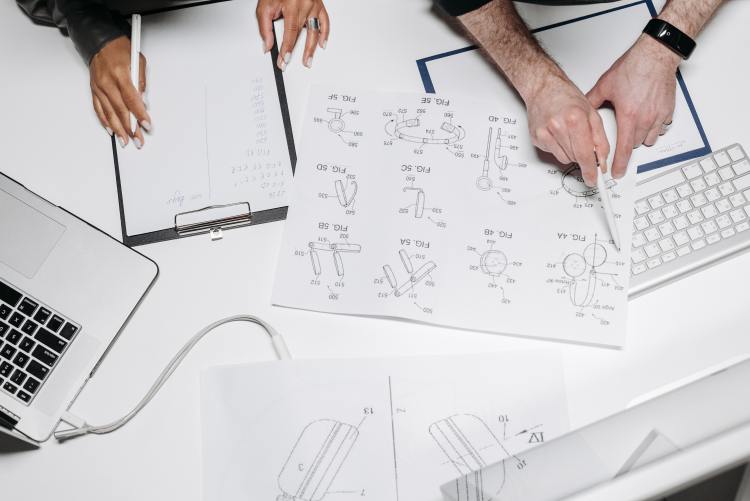

FOCUS ON – THE ECE CUP
The ECE CUP is a team project that takes place during the 2 years of the integrated preparatory program. The goal of this project is to combine technical and scientific knowledge bricks within a robotics project.
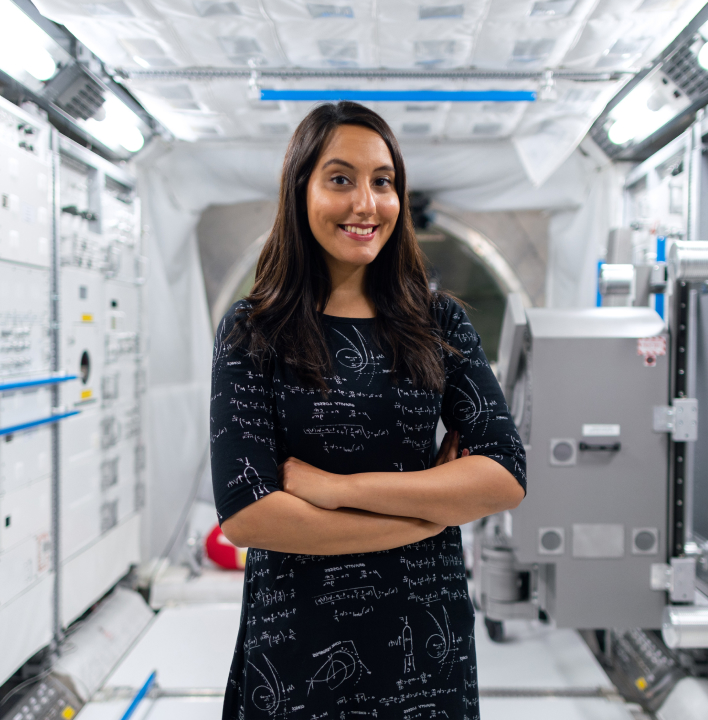
The Valuation of Student Projects
Since 2012, thanks to the “Investissements d’Avenir” and labeled IDEFI, the VPE program (Valorization of Student Projects) is the central pivot of ECE’s innovative pedagogy. A real field of observation of pedagogical innovations, it allows the ECE to establish privileged relations with industrialists, national laboratories and higher education institutions. The EVP is a program based on an inductive pedagogy that tends to cover all the stages of development of an innovative project, from the idea to its implementation. This scheme commits all students of the last two years of the ECE to excellence. It is reflected in an important support system for projects (mentors and experts). The human being is at the center of the reflection. The VPE relies on design thinking and biomimicry tools to create the innovations of tomorrow in digital engineering. She implements the design thinking method to better understand the user and the world around him, and proposes a biomimetic approach. The EVP focuses on the energy transition by integrating circular economy models into projects (3R strategy – Reduce, Reuse and Recycle).
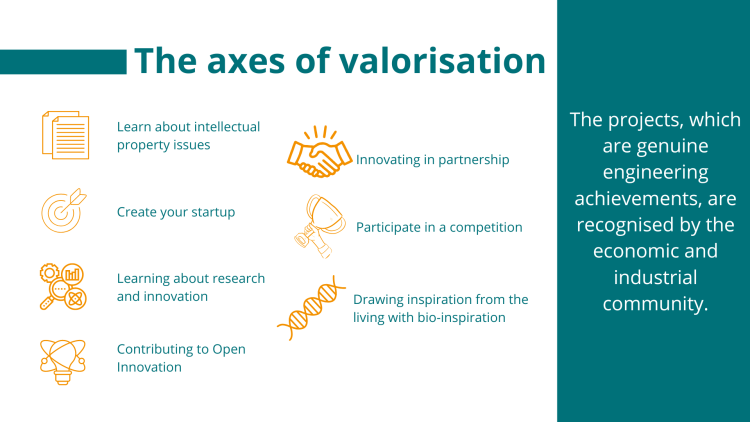
In the 1st and 2nd year of the preparatory cycle
Students consolidate their scientific and technical knowledge by focusing on a cross-curricular project over 2 years and prepare for the ECE CUP robotics competition. The budding engineers gather around the project in teams of 6 students and work together in Agile Scrum mode, a proactive team management method used on projects where responsiveness and adaptation are essential. Students are given the pedagogical basis to understand the implementation of innovative projects. With the support of tools such as JIRA, Github and the Fablab environment, the students prepare themselves as well as possible for the final competition, which brings together a hundred competing teams.
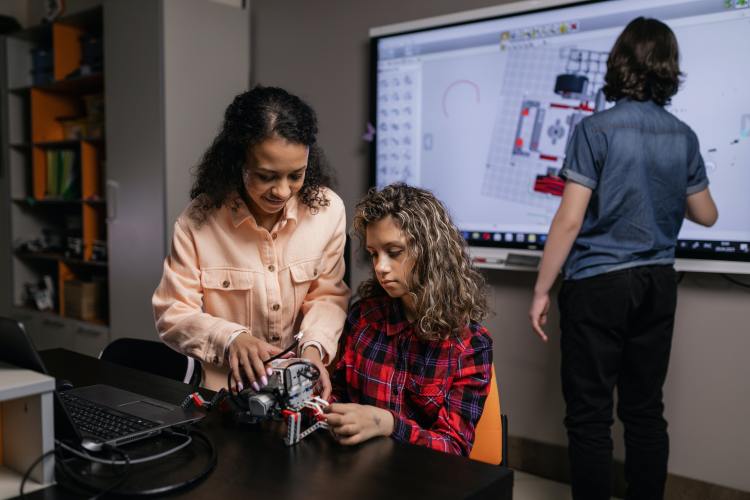
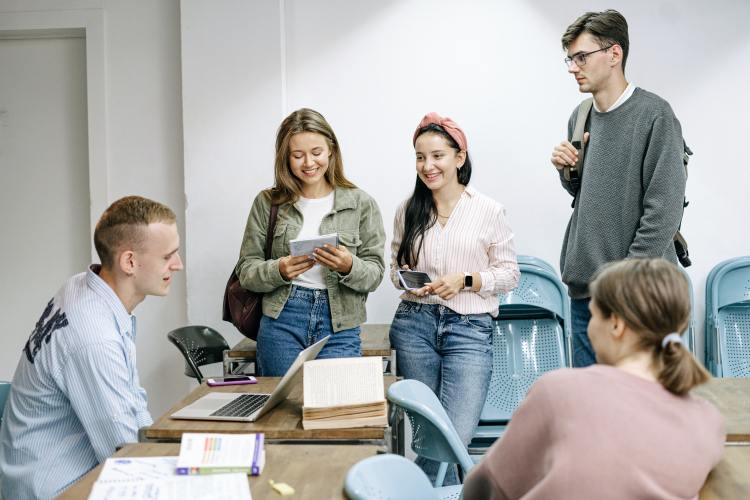
In 3rd year
This is a pivotal year with the IMPULSE project-program, which is a coupling of creativity and design thinking in order to create a synergy at the service of today’s challenges by putting the need and the user at the heart of the project. The aim is to feed the VPE’s innovation program with responsible projects, thanks to major themes such as the digital and energy transition, biomimicry and the circular economy, which are becoming bases for reflection.
In 4th and 5th year
Students enter the EVP program. This program allows students working in teams to learn about the tools of innovation and to work on real cases, in order to anticipate the professional world. This aims to develop operational skills, acquire a professional attitude and create a network. In 4 years, these are the Pluridisciplinary Team Projects (PPE), and the End of Study Projects (PFE) in 5th year.
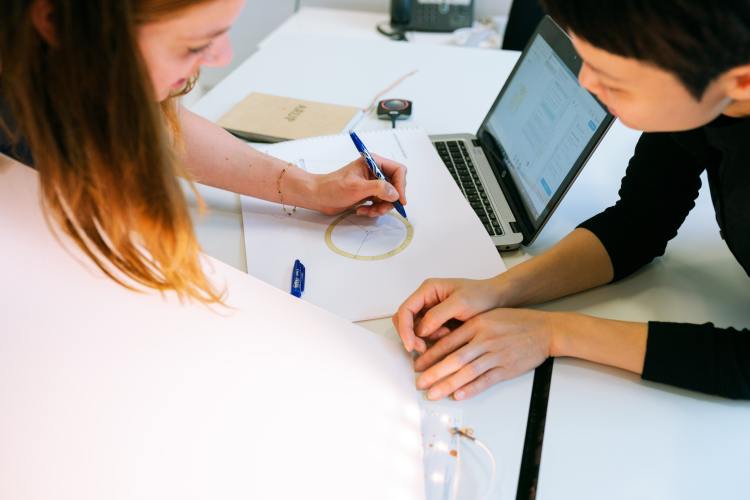
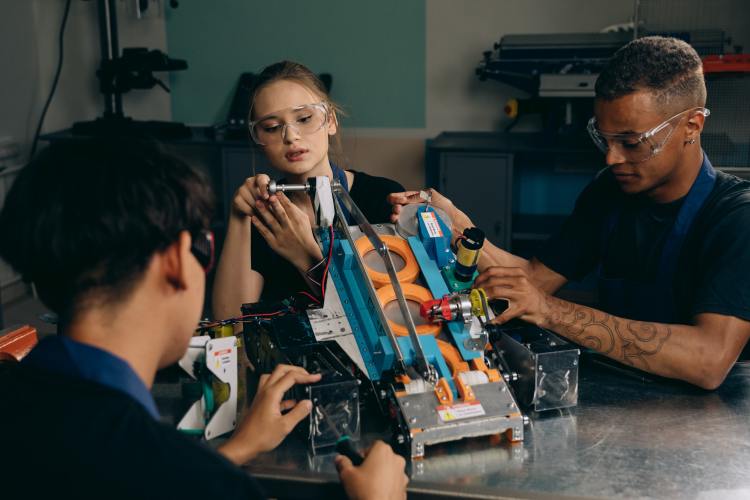
PPE & PFE
PPE: Multidisciplinary team project. In the 2nd year of the engineering cycle: 7 months (from September to April). An innovation project based on a multidisciplinary subject, the EPP meets a double challenge: the ability to build a real project as a team and then to ensure its technical implementation.
PFE : End of studies project. In the 3rd year of the engineering cycle: 4 months (from September to January). Ultimate consecration of the ECE engineering curriculum, the PFE is the project that really places our students’ work in the professional world. Through a project of high added value, students are already asserting themselves as engineers.

The ECE Fablab
The Fablab, or manufacturing laboratory, is a “project laboratory” adapted to the specificity of EVP projects. It is a space
for prototyping and designing objects of all kinds. Open to students, it is equipped with tools
traditional and digital: 3D printers, laser cutters, CNC milling machines, etc.
A maker is an augmented tinkerer
The Fablab becomes an exhibition space for projects and, more broadly, a space for meeting, collaborating and creating, to benefit from advice and expertise, find answers to questions and overcome technical challenges. A concept born in the United States 30 years ago, the Fablab has developed internationally and now has over 1,800 members. ECE has been part of the network since 2016. ECE Makers, mainly intended for engineering students, is also open to partner companies in the framework of innovation projects, in collaboration, and to startups that need to manufacture small series.
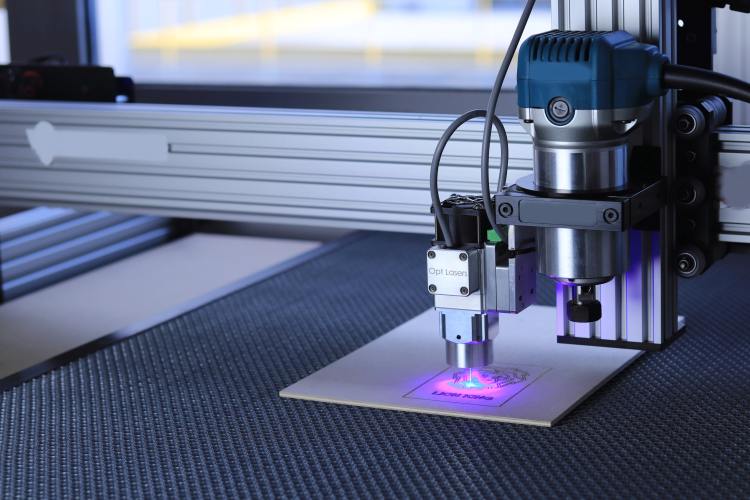
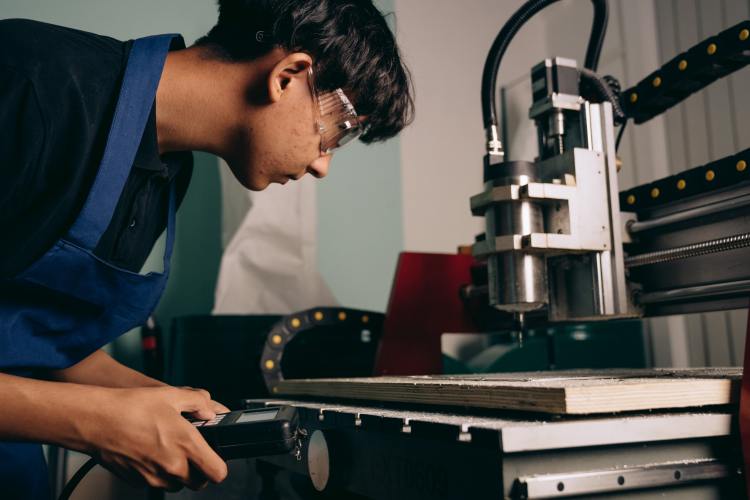
State-of-the-art tools
ECE Makers offers a set of tools allowing students to reach a high level of finishing in the realization of prototypes:
– 3D prototyping tools: 3 3D printers (ABS, PLA and resin filaments), a 3D scanner, SolidWorks CAD software;
– 2D prototyping tools (cutting and engraving): a CNC milling machine Technodrill 3, a Laser Speedy 100 machine;
– SMD electronic board manufacturing tools (dosing, placement, refusals).